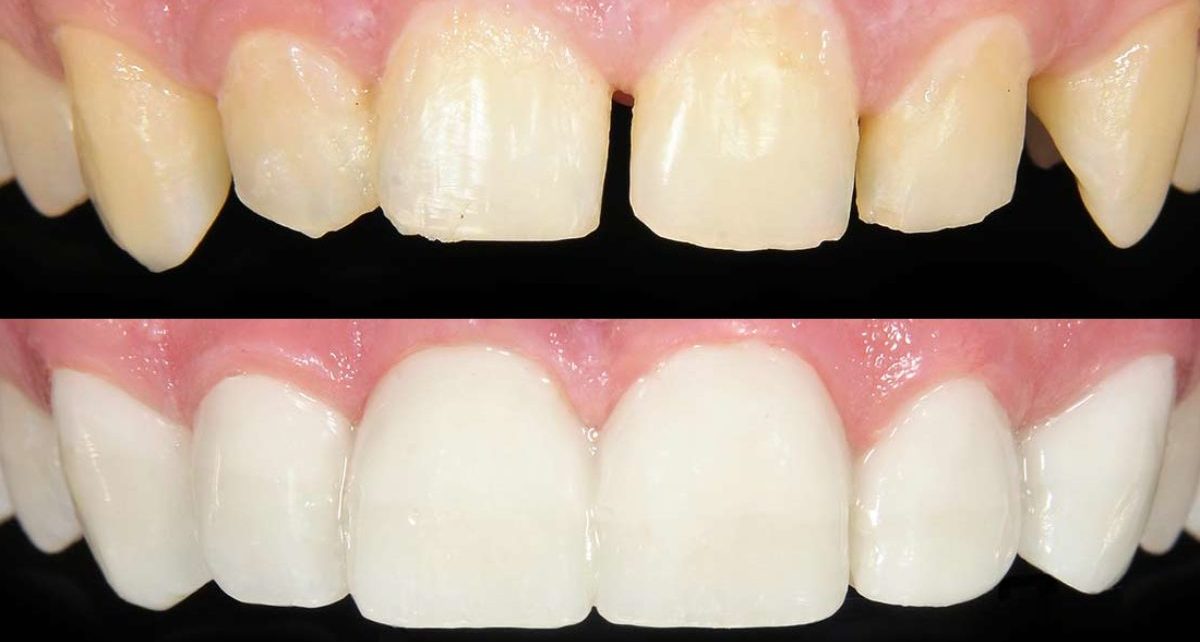Bonding is a popular cosmetic dentistry treatment used to correct minor flaws and enhance the smile’s aesthetic. It is more cost-effective than alternatives like veneers, giving patients their desired smile at an affordable cost.
Dental bonding is a safe and effective treatment that can enhance the aesthetic of your teeth without harming healthy tooth enamel. This is because the material used for bonding is a putty-like composite resin.
Cost
Dental bonding is a cost-effective solution to repair chipped or broken teeth that haven’t been severely damaged. It offers long-lasting cosmetic results at lower costs than other restorative procedures like veneers or crowns.
The cost of dental bonding varies based on the severity and number of teeth treated, as well as your dentist’s experience with this procedure. It may even be possible for your insurance to cover some or all of the cost; check with them to learn more about this possibility.
Before bonding a tooth, the surface is roughened and conditioning liquid applied for increased resin adhesion. After that, the composite resin is shaped and hardened into place – usually taking an hour or two depending on how large the area being bonded is and how many teeth need treating.
Preparation
For those seeking cosmetic improvements such as chips, gaps, cracks and discoloration, dental bonding offers a low-risk solution that usually doesn’t require extra trips to the dentist. Furthermore, this treatment option may be ideal for those unable to afford more extensive treatments like veneers, crowns, bridges or dentures.
Your dentist will select and match a composite resin to perfectly complement your smile, then lightly roughen the tooth surface so the bonding material is visible and hardens it in place. After the bonding has been successfully applied, you can resume normal eating and drinking habits.
Bonding Materials
Bonding materials can be used to repair cracks and chips, gaps between teeth, stains, as well as straighten teeth and alter their shape.
Dental bonding is a minimally invasive cosmetic dentistry procedure that typically doesn’t require the removal of enamel. Furthermore, it’s completely reversible compared to veneers or crowns.
The dentist will select a composite resin that matches your natural tooth color, then mold it to fit perfectly onto your teeth. They then apply the material and use special lighting to cure it. Finally, they’ll trim and polish it so it looks just like your natural tooth again.
Bonding Procedure
Bonding is an efficient and economical solution to correct minor flaws in your smile. This treatment doesn’t necessitate extracting any natural tooth enamel and it’s virtually painless.
Your dentist will select a tooth-colored resin that closely matches your natural teeth, then roughen the surface of the tooth so the resin can adhere properly.
After that, the dentist applies a putty-like resin material to the tooth and shapes it for an aesthetic appearance. Finally, they harden this resin using either laser or ultraviolet light.
The composite resin used in bonding is not as strong as your natural tooth enamel, meaning it may chip or break if you bite down on hard food or drinks. Furthermore, it’s vulnerable to staining from certain foods and drinks; thus, it’s important to avoid smoking and consuming foods with dyes or other substances which could discolor the resin.
Post-Procedure Care
Dental bonding is a straightforward procedure that offers an instant fix for small chips, cracks or breaks on teeth. It also works well to fill in spaces between them or alter the shape of a tooth’s crown.
This painless procedure requires minimal drilling, making it a more economical alternative to more invasive cosmetic treatments like veneers or orthodontics.
Once the resin has been applied to your tooth, your dentist uses a special light to harden it and create the perfect bond. This process can be repeated until your bonded tooth looks perfect.
After your bonding procedure is complete, it is essential to maintain good dental hygiene practices. Avoid eating and drinking items that could stain the bonded tooth such as coffee, tea, wine, and berries; doing so will help prolong its longevity.




